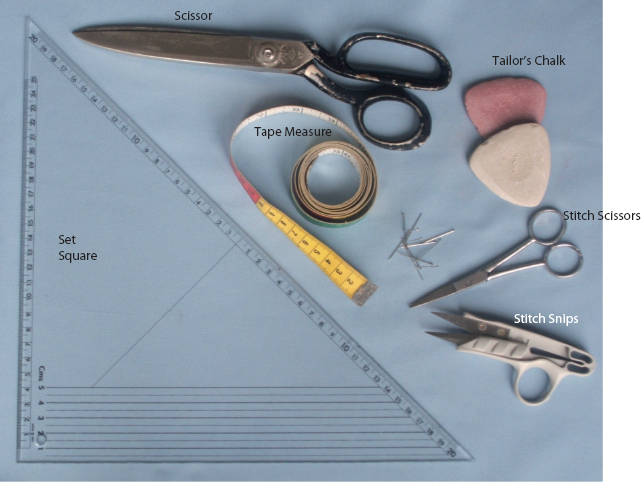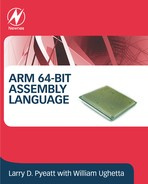CONTENTS

2013 Jayne Smith
Registered office
John Wiley & Sons Ltd, The Atrium, Southern Gate, Chichester, West Sussex, PO19 8SQ, United Kingdom
For details of our global editorial offices, for customer services and for information about how to apply for permission to reuse the copyright material in this book please see our website at www.wiley.com .
The right of the author to be identified as the author of this work has been asserted in accordance with the Copyright, Designs and Patents Act 1988
All rights reserved. No part of this publication may be reproduced, stored in a retrieval system, or transmitted, in any form or by any means, electronic, mechanical, photocopying, recording or otherwise, except as permitted by the UK Copyright, Designs and Patents Act 1988, without the prior permission of the publisher.
Wiley publishes in a variety of print and electronic formats and by print-on-demand. Some material included with standard print versions of this book may not be included in e-books or in print-on-demand. If this book refers to media such as a CD or DVD that is not included in the version you purchased, you may download this material at http://booksupport.wiley.com . For more information about Wiley products, visit www.wiley.com .
Designations used by companies to distinguish their products are often claimed as trademarks. All brand names and product names used in this book are trade names, service marks, trademarks or registered trademarks of their respective owners. The publisher is not associated with any product or vendor mentioned in this book.
Limit of Liability/Disclaimer of Warranty: While the publisher and author have used their best efforts in preparing this book, they make no representations or warranties with respect to the accuracy or completeness of the contents of this book and specifically disclaim any implied warranties of merchantability or fitness for a particular purpose. It is sold on the understanding that the publisher is not engaged in rendering professional services and neither the publisher nor the author shall be liable for damages arising herefrom. If professional advice or other expert assistance is required, the services of a competent professional should be sought.
Page 42 reproduced by kind permission of J. Braithwaite & Co Ltd, Manchester England. ( www.braithwaite.info )
Library of Congress Cataloging-in-Publication Data is available
A catalogue record for this book is available from the British Library.
ISBN 978-1-405-19888-2 (pbk) ISBN 978-1-118-55578-1 (ebk)
ISBN 978-1-118-55577-4 (ebk) ISBN 978-1-118-55579-8 (ebk)
PREFACE
A general understanding of garment assembly techniques is essential knowledge that will allow all fashion and clothing design students to translate design ideas into reality.
Mastery of the skills and intricacies of this subject area can be difficult to acquire by reading alone, therefore videos have been recorded to visually demonstrate essential assembly techniques, such as dart constructions, zip insertions, attaching waistbands, assembling and attaching collars and cuffs. Chapter 6 onwards also cover step by step assembly instructions for each process.
The other chapters cover an understanding of stitches and seams, details of attachments that can be added to the sewing machine which improve the sewing process, an understanding of which needle and thread type to select for a particular application and how to overcome problems when sewing.
The fundamental requirements of fashion design are a sound knowledge of the basics of garment assembly together with an understanding of the garment assembly terms used in the fashion industry. Armed with this basic information and understanding you will be able to create your own garment designs.
ACKNOWLEDGEMENTS
I am grateful to my colleagues at the School of Textiles & Design, Heriot-Watt University Sandra Darling, Yvonne Caldwell, Theresa Wilkinson and Eleanor Drummond who assisted with filming, preparing some of the visuals and proofing the contents illustrated in this book and DVD.
CHAPTER 1
INTRODUCTION
A confident understanding of stitch and seam types, together with a sound knowledge of the basics of assembly, is fundamental to the creation of garments. Armed with this information and understanding you will be able to translate your design ideas into reality, your own three-dimensional design creations.
This book and the illustrative videos cover the essential technology required to get you started in garment assembly by developing your understanding of which stitch and seam type to select for a particular fabric and garment type, as well as the knowledge to construct a range of basic techniques to assemble entire garments using the correct components.
Every stage of constructing garment parts, such as inserting a zip, sewing a dart, assembling and attaching a shirt collar, etc., is covered in the subsequent chapters.
Joining fabric by means of sewing dates back to 28,000 BC, with the earliest known sewing tool: a hand crafted needle made from bone with a split head instead of an eye. The sewing machine was not developed until the 1700s but it did not go into mass production until the 1800s. This machine could produce 250 stitches per minute, which equated to the sewing capacity of five people sewing by hand. Today, modern industrial sewing machines are automated and can exceed speeds of 5000 stitches per minute.
This book covers the techniques and tools used to construct garments for todays fashion industry using modern industrial equipment as well as an understanding of how to resolve sewing problems, such as seam pucker, etc., should they arise during the sewing process.
GETTING STARTED
Working with the correct tools is essential: below are some of the key pieces of equipment required:
Figure 1

Fabric scissors/shears for cutting fabrics and trimming such as interlining, elastics, etc .
Quality fabric scissors/shears have tempered steel or stainless steel blades that will create an even cut along the entire length of the blade. The blades are joined by a screw, not a rivet, which means that the scissors can be adjusted or repaired if they are damaged.
Fabric shears generally have blades which are more than 6 inches or 15.24cms in length.
Stitch scissors or snips for cutting threads and trimming surplus fabrics during the sewing process .
The tips of both blades should be pointed to enable you to unpick unwanted stitches. The scissors should be easy to handle but large enough to cut through layers of fabric.
Stitch snips are used for unpicking stitching, trimming threads and trimming surplus fabrics .
Tape measure used to accurately measure seam allowances, body and garment dimensions .
The tape should be non-stretchable but flexible with centimetre markings.
Tailors chalk for marking the garment pieces on the fabric and marking locations which are key to the sewing process .
This chalk will not leave a permanent mark on the fabric; it is used to mark the garment pieces or locations such as dart ends, hem lines, etc. on the fabric. When the marks are no longer required, the chalk marks will brush off, leaving no residue behind.
The most common form of tailors chalk is a thin triangular shape which can be sharpened and the thin edge is used to mark the fabric. It is also available in the form of a powder with an applicator and in pencil form.












